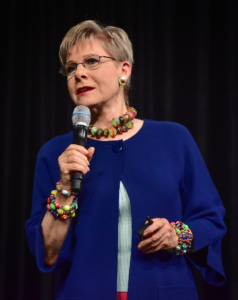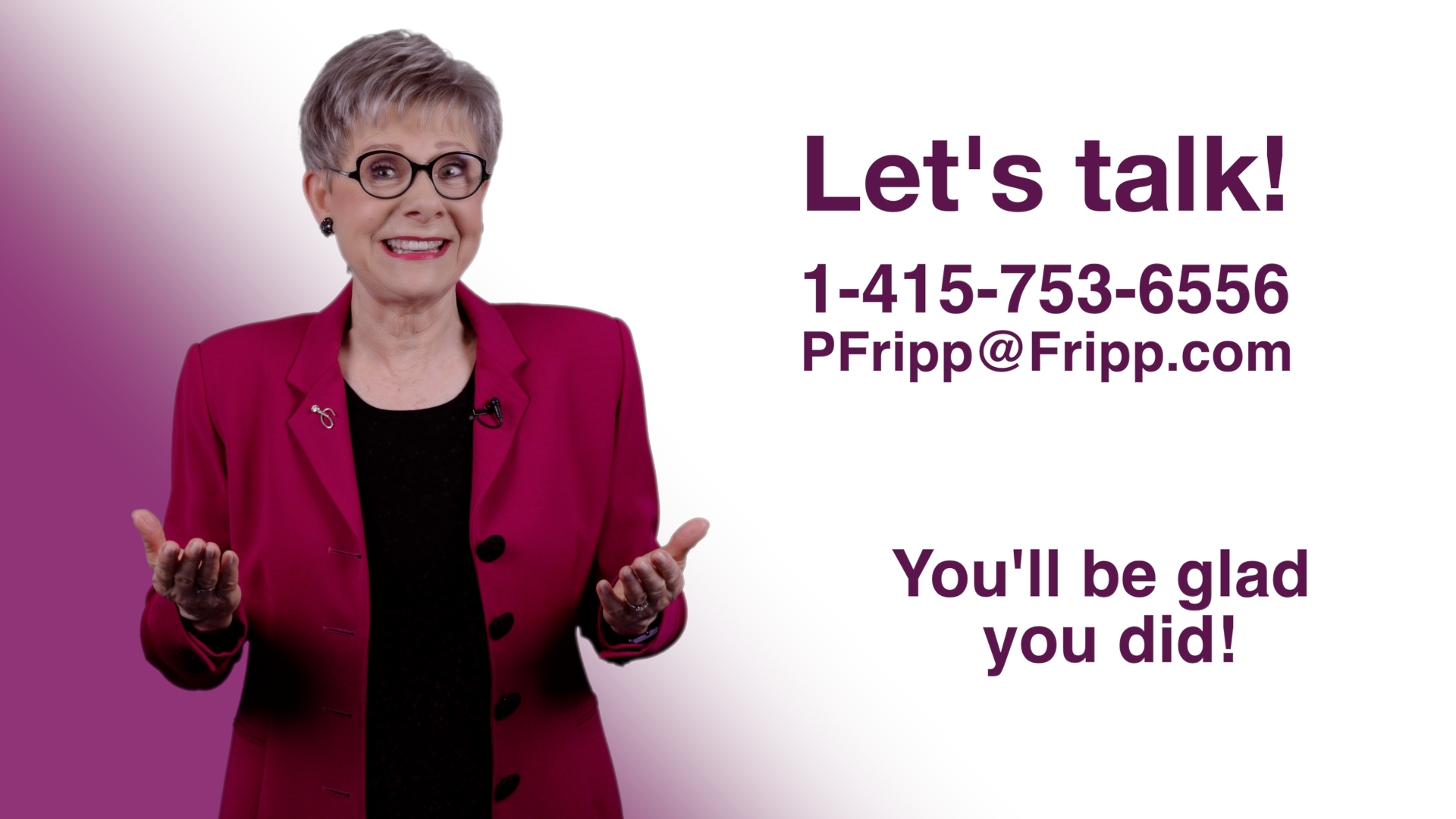
The purpose of a speaker’s introduction is to establish their credentials, to create interest from the audience, and often to sell the importance of the subject to that audience at that time.
Recently at a client’s conference, one of my roles and responsibilities was to introduce other speakers, all of whom I had recommended. A couple of them spoke multiple times to the same audience.
The toughest slot of the day is that of the concluding speaker before the cocktail party and buffet at the hotel’s trendy nightclub.
Imagine sitting in the audience in a large ballroom in a fabulous Las Vegas hotel. You have been locked at home for almost two years. Not far outside the ballroom door are shops, shows, eateries, bars, spas, slot machines, and games of chance. Even walking to your comfortable hotel room is an adventure for watching exotic-looking people you do not see in Iowa. It is 4 pm and you have been in the ballroom since 8 am.
My introduction of the concluding speaker had to keep them in their chairs long enough for the speaker to engage them. I began,
“Your speaker has more degrees than a thermometer and has written more books than most people have read.”
This was a more entertaining way to introduce all the degrees and well over 40 books and college textbooks that our speaker had written.
When my good friend Dr. Jeffrey Magee walked on stage, he engaged the audience and held them in the palm of his hand for an hour.
Was that a result of the introduction? Of course not. Remember, however, being predictable is often boring. The purpose of the opening of a presentation is to arouse interest in the subject. Your introduction needs to begin that process. Remember that when you prepare your introduction or have to be creative for another speaker.
Several years ago, at a long-time client’s speaker training, 10 minutes before we began the afternoon program, my client asked, “I have an emergency to handle. Will you introduce Sean, our next speaker?”
As I walked over to meet Sean, he seemed surprised when I asked, “When you were a little boy, what did you want to grow up to be?” He was delighted with the way I incorporated his answers into my introduction.
He was a vendor of the organization, and his job was to help them understand their webinar platform for online training content. As a long-time speaker and presentation coach for them, I help their members, leaders, and conference speakers improve their presentations. Part of my responsibility is to model how to improve every aspect of speaking. I’m sure you agree that most people do not take introducing another speaker as seriously as they could.
The next time you have an introduction to make, why not try using the same question that I asked Sean?
My introduction began,
“As a little boy, Sean wanted to be a detective to solve crimes,
a journalist to bring readers the latest news,
an astronaut to go where others have never been.
As the Director of Sales Engineering for xxx, the next generation of digital broadcast solutions, he provides training for speakers that eliminates boring presentations with his webinars,
brings his audiences the latest information about their subjects, and
helps take his listeners to new places in learning.
A graduate of The Illinois Institute of Art – Chicago,
Sean adds an artist’s eye to his craft, helping us improve our visual presentations.
Please welcome, Sean xxx.”
The best way to sell the importance of the subject is to ask the audience questions.
For example, this was the beginning of my introduction to a group of professional speakers.
“Are you a good speaker who wants to be great,
an ambitious novice who wants to shorten your learning curve,
or do you think you are so good that it is impossible to improve?
Even if you have enjoyed plenty of career success, we promise you that our guest speaker has the unique ability to help speakers like us take our presentations From Good to Great.”
When I addressed an International Toastmasters conference, these were the beginning questions.
“When you first joined Toastmasters, did you dream of one day becoming an in-demand, award-winning keynote speaker,
of being invited to deliver 3,500 presentations on five continents,
or of being acknowledged for designing one of the best presentation skills on-line learning platforms?
It might surprise you to know that when Patricia Fripp left Wimborne, Dorset, England, at age 20 to find fame and fortune in America, neither did she!
At age 30, she joined Cable Car Toastmasters . . .”
What does it take to make your presentation introductions exciting? Thought, creativity, and a few good questions.
![]() If you want to become a great speaker easily, conveniently, and quickly, Fripp Virtual Training can help.
If you want to become a great speaker easily, conveniently, and quickly, Fripp Virtual Training can help.
“I wanted a super bowl-quality coach, and I was lucky to be introduced to Patricia Fripp. Her help in coaching and scripting was world-class. With Patricia Fripp on your team, you can go places.”
– Don Yaeger, Long-Time Associate Editor for Sports Illustrated magazine, 11-Time Award-Winning Keynote Speaker, New York Times Best-Selling Author
Get immediate access to see why everyone raves about FrippVT
Improve Your Introductions
- How to Introduce A Speaker With A Dramatic Life Story
- Introducing A Speaker? What to Do, What to Avoid
- How to Talk about Yourself without Feeling Immodest
These are just a few of the many complimentary resources on Fripp.com to help improve your public speaking and presentation skills.
Executive Speech Coach and Hall of Fame Keynote Speaker Patricia Fripp works with ambitious professionals, executives, engineers, celebrity speakers, and sales teams.


Fantastic tip Ms.Fripp, rewriting my Introduction. Thank you.
Thanks for taking the time to comment. Fripp
What a beautifully articulated introduction! Introducing others is a great skill to master and will help you be remembered by the audience the next time they see you during that particular event. Besides, you never know who might be in the audience who could be your next client.
Thanks so much for your response! Fripp